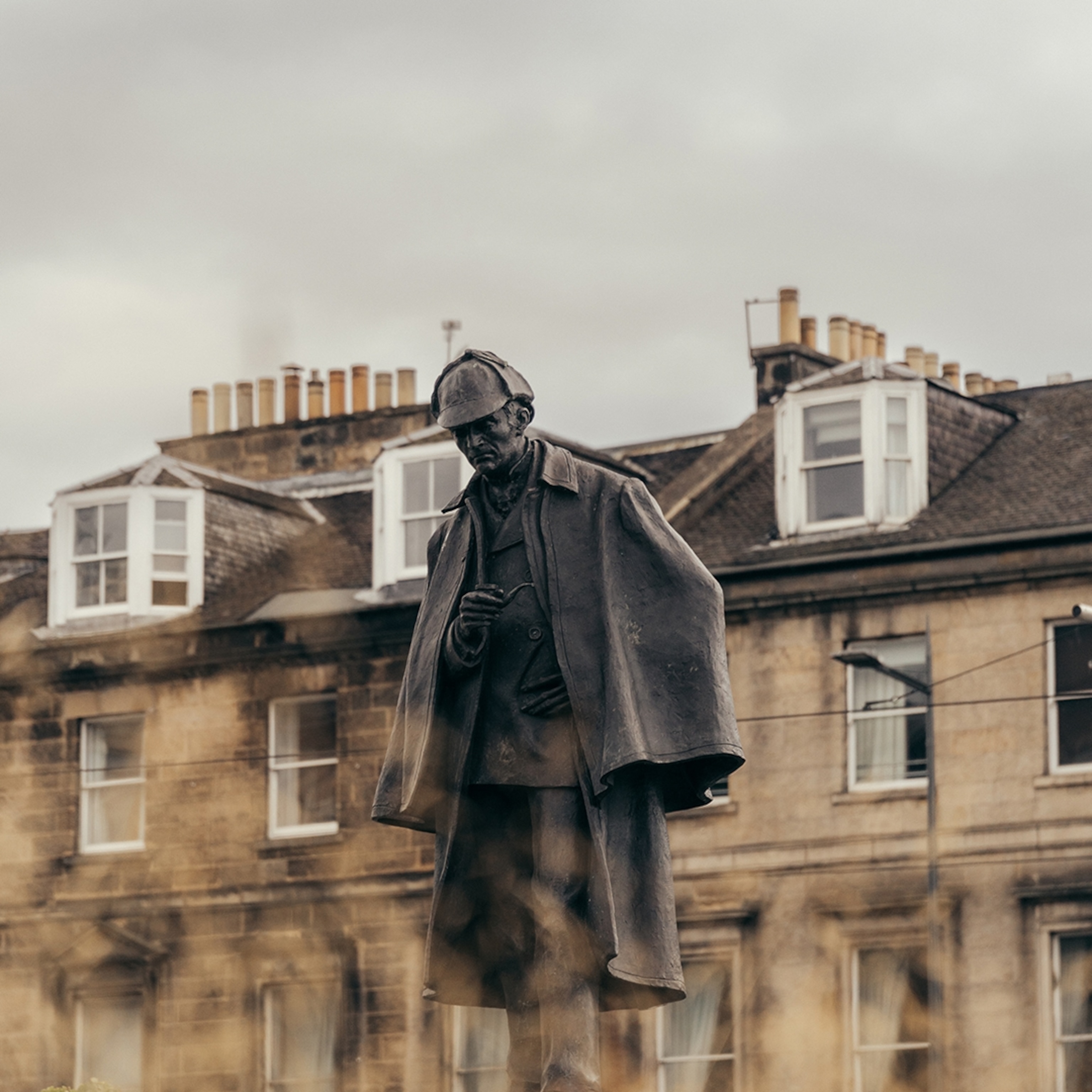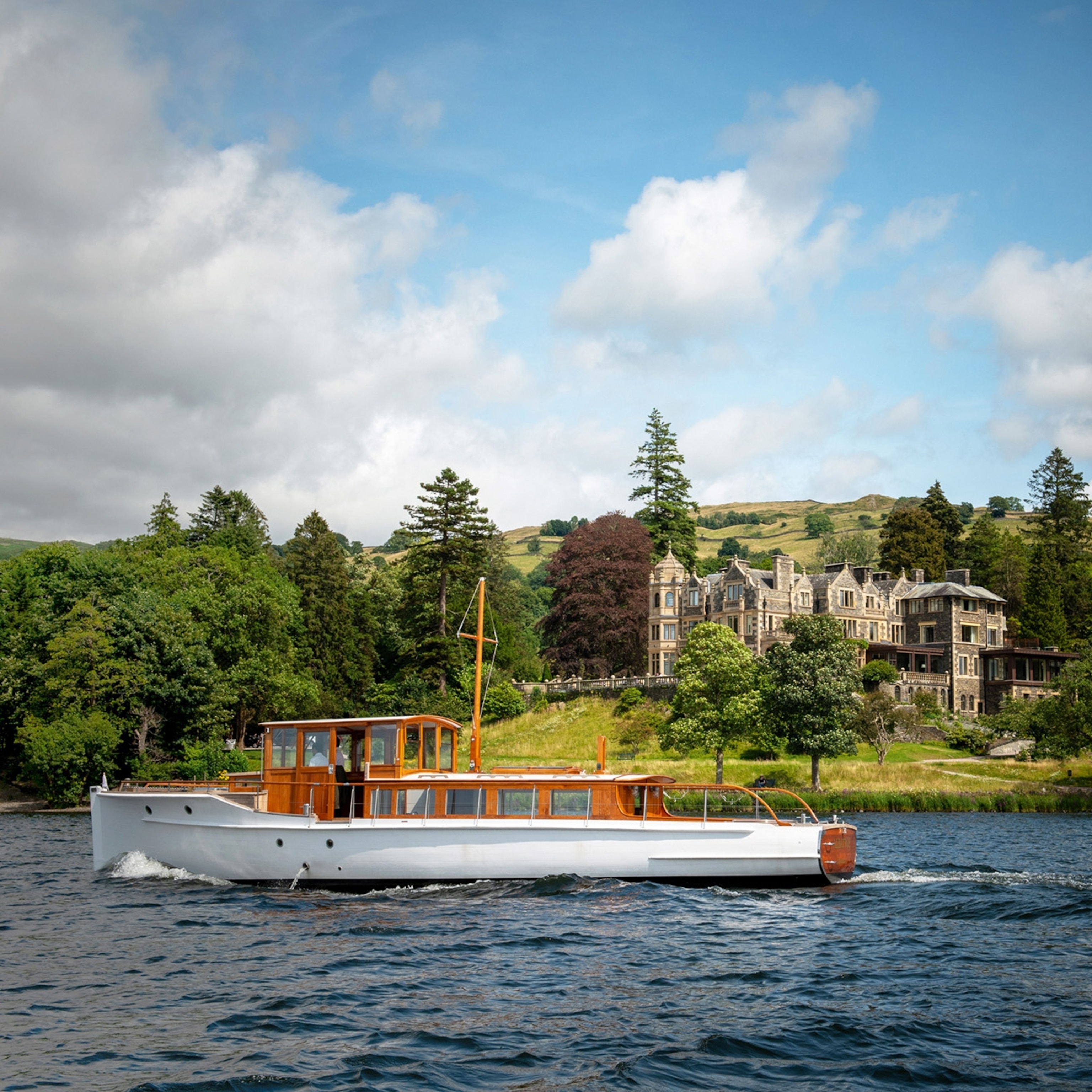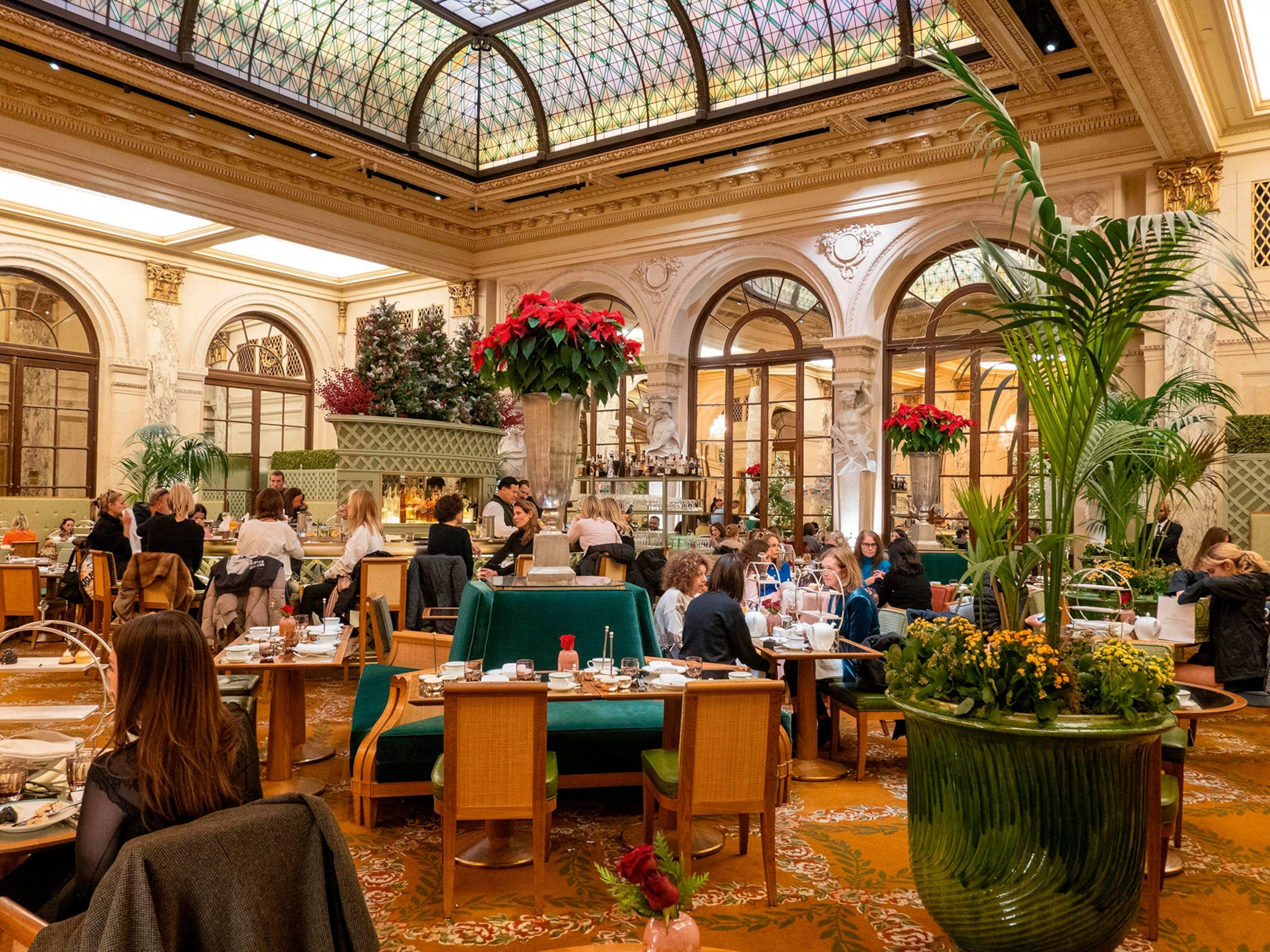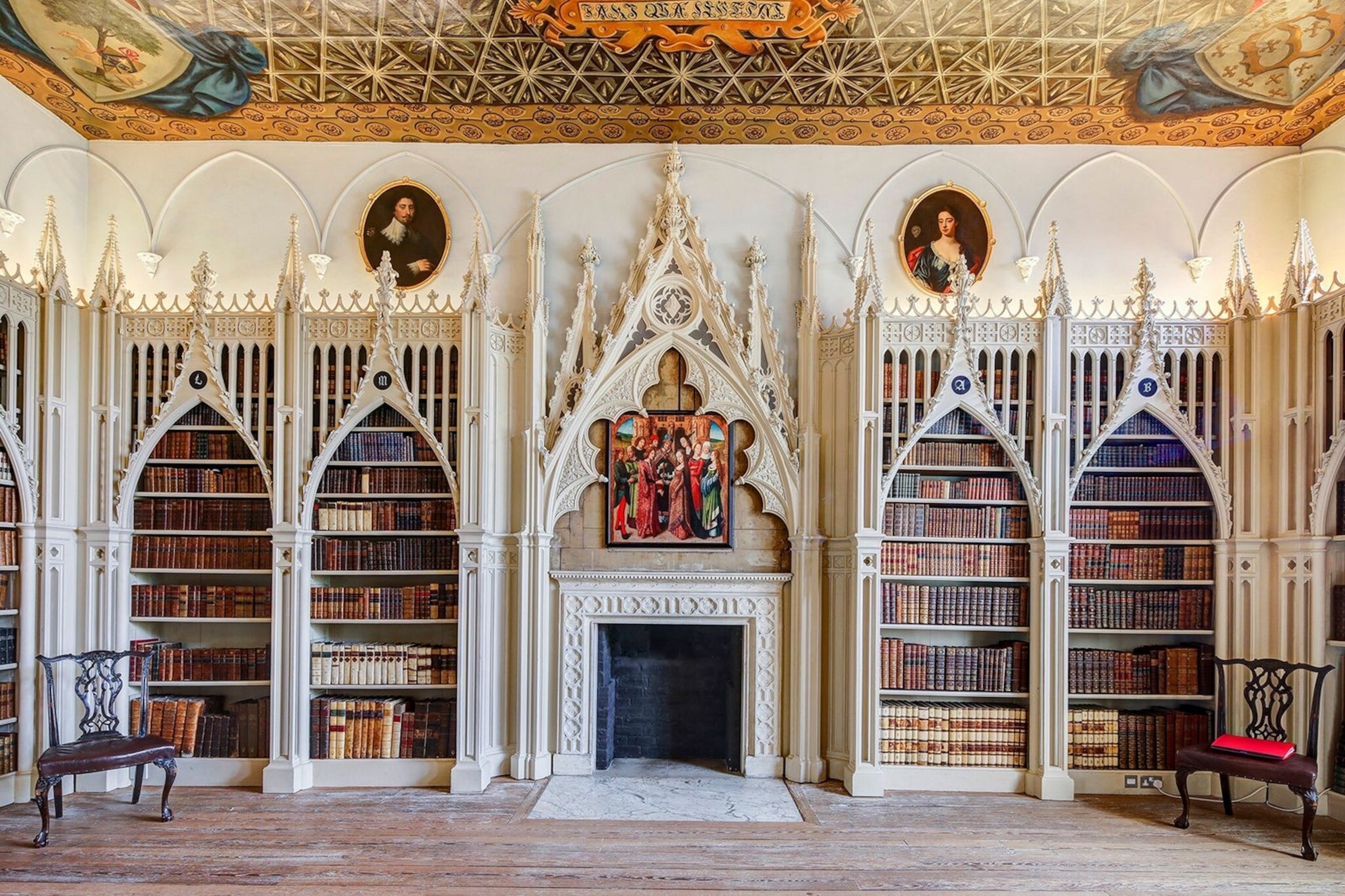
Which UK destinations inspired gothic literature greats?
Sink into Halloween season by taking a trip to one of these haunting literary destinations.
From isolated castles to wind-ravaged moors, the savage beauty of the UK countryside has inspired some of history’s most iconic works of gothic fiction. Writers like the Brontë sisters and Mary Shelley were influenced by the darkly picturesque scenery of these isles’ dramatic landscapes, where bleak weather conditions gave otherwise painterly autumnal scenes a foreboding sense of doom.
The gothic genre emerged from the Romantic literary movement of Europe in the 18th century, and it’s beloved still today by horror fans for its unsettling sense of mystery and fear. It takes its name from the architectural style of the Middle Ages, with desolate and gnarled ecclesiastical ruins from the era providing the ideal location for early gothic writers to set their supernatural stories and tales of terror.
Beyond the brooding buildings in these novels, there’s a creeping sense of pathetic fallacy in these destinations and their inclement weather: as the remote landscape falls into physical ruin, so too does the protagonist’s grip on reality. If you’re planning to read into the genre this Halloween, walking in the footsteps of these characters can evoke the existential madness that permeates the pages.
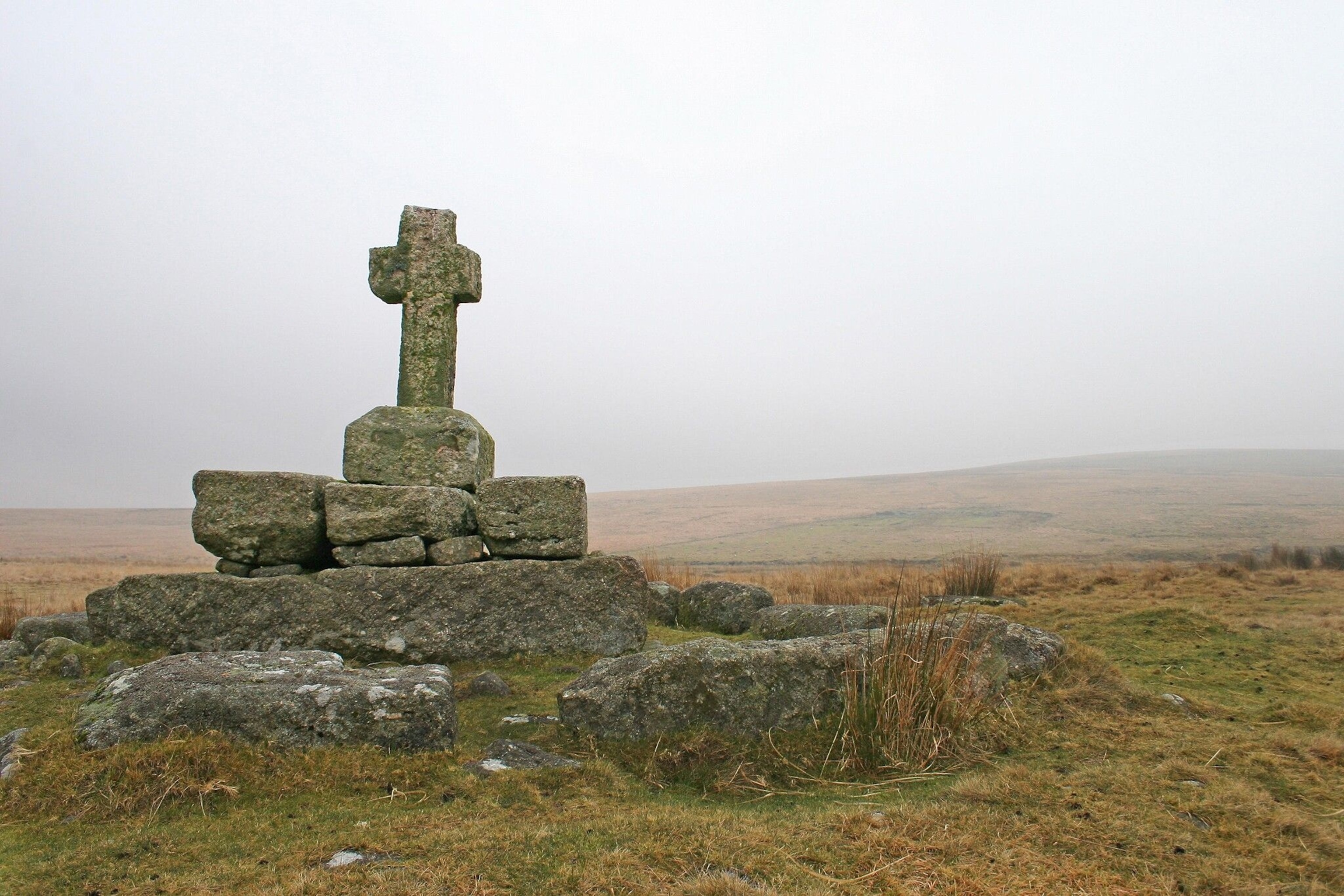
1. Dartmoor, Devon
The inspiration for: Arthur Conan Doyle’s The Hound of the Baskervilles
Based on a local legend of a spectral hound that haunted Dartmoor, Arthur Conan Doyle’s The Hound of the Baskervilles has been unsettling readers for decades with its ghostly happenings on the fictional moors of Grimpen Mire.
One look at the bleak but beautiful Fox Tor Mire — an expanse of bogland — and it’s not hard to see why Doyle was inspired to write one of the darkest crime novels of all time when he visited the area in 1901.
Fox Tor Mire has a reputation with locals for being notoriously treacherous to navigate on foot, so if you’re going on the trail of Sherlock Holmes, avoid crossing them altogether and head to the solid land at Nun’s Cross Farm just south of the mires. Here, there are several adjoining footpaths where you can safely drink in the misty views without falling victim to knee-deep sludge.
2. Haworth, West Yorkshire
The inspiration for: Emily Brontë’s Wuthering Heights
The hilltop village of Haworth and its surrounding wild moors are said to be the inspiration for Emily Brontë’s most famous novel, Wuthering Heights. The moor’s popular Haworth Moor Guided Walk (£120 for up to 12 people) takes you out of the village and into Cathy and Heathcliff’s moorland, where undulating expanses of heather and peat give way to tinkling streams and dramatic crags of gritstone rock.
The route rambles past Lower Laithe Reservoir to Brontë Waterfall, which was a favourite beauty spot of sisters Charlotte, Anne and Emily. A mile further, you’ll reach Top Withens, a ruined farmhouse on the Pennine Way rumoured to be the inspiration for the Earnshaw family home in the book.
In contrast to the desolate moors, cobbled Haworth village is as postcard-perfect as they come, with a smattering of good country pubs to enjoy a post-walk pint in.
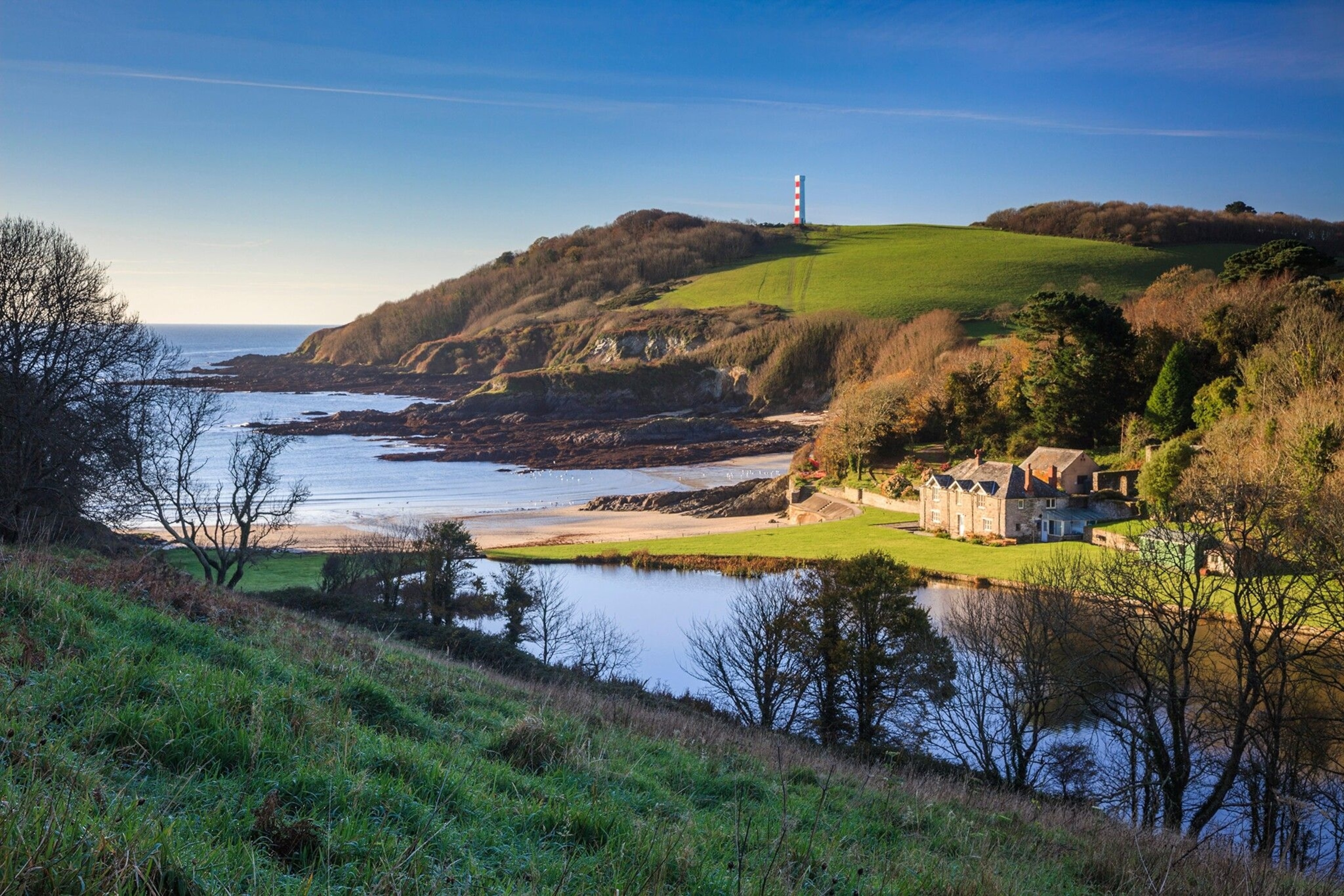
3. Fowey, Cornwall
The inspiration for: Daphne du Maurier’s Rebecca
‘Last night I dreamt I went to Manderley again’, writes Daphne du Maurier in the opening line of Rebecca. The haunted estate immortalised in her 1938 novel was loosely based on Menabilly, a grand house near Fowey in Cornwall.
Fowey itself is a pretty port town with pastel-coloured cottages that peacefully cling to the hillside. It’s here that you can get an intimate feel for Du Maurier’s wild Cornwall, by taking the self-guided Gribbin Head walking trail out to Polridmouth. The path runs close to the grounds of Menabilly, where crying gulls sweep overhead and foamy sea waves crash against the coastal rocks.
While secretive Menabilly isn’t accessible to visitors, it can just about be glimpsed through surrounding trees. Don’t be disappointed if you struggle to get a good view though, as the four-mile coastal route is pleasant enough in its own right, taking you to beaches, coves, woodlands and wildflower meadows.
4. Bath, Somerset
The inspiration for: Jane Austen’s Northanger Abbey
Jane Austen’s parody of the great gothic novel, Northanger Abbey, paid tribute to the buzzy social scene of Bath, which the writer shrewdly observed while living there between 1801 and 1806.
There are plenty of ways to soak in Austen’s vibrant city. Make like a socialite and enjoy a spot of afternoon tea at the Pump Room, once described by the author as the place where ‘every creature in Bath…was to be seen in the room at different periods of the fashionable hours’. From £33.95.
The Jane Austen Centre is well worth a visit, too. Set in a restored 18th-century house, it’s an immersive theatre experience that paints a detailed picture of the mysterious writer’s life and passions. Adults £12.50, children £5.50.
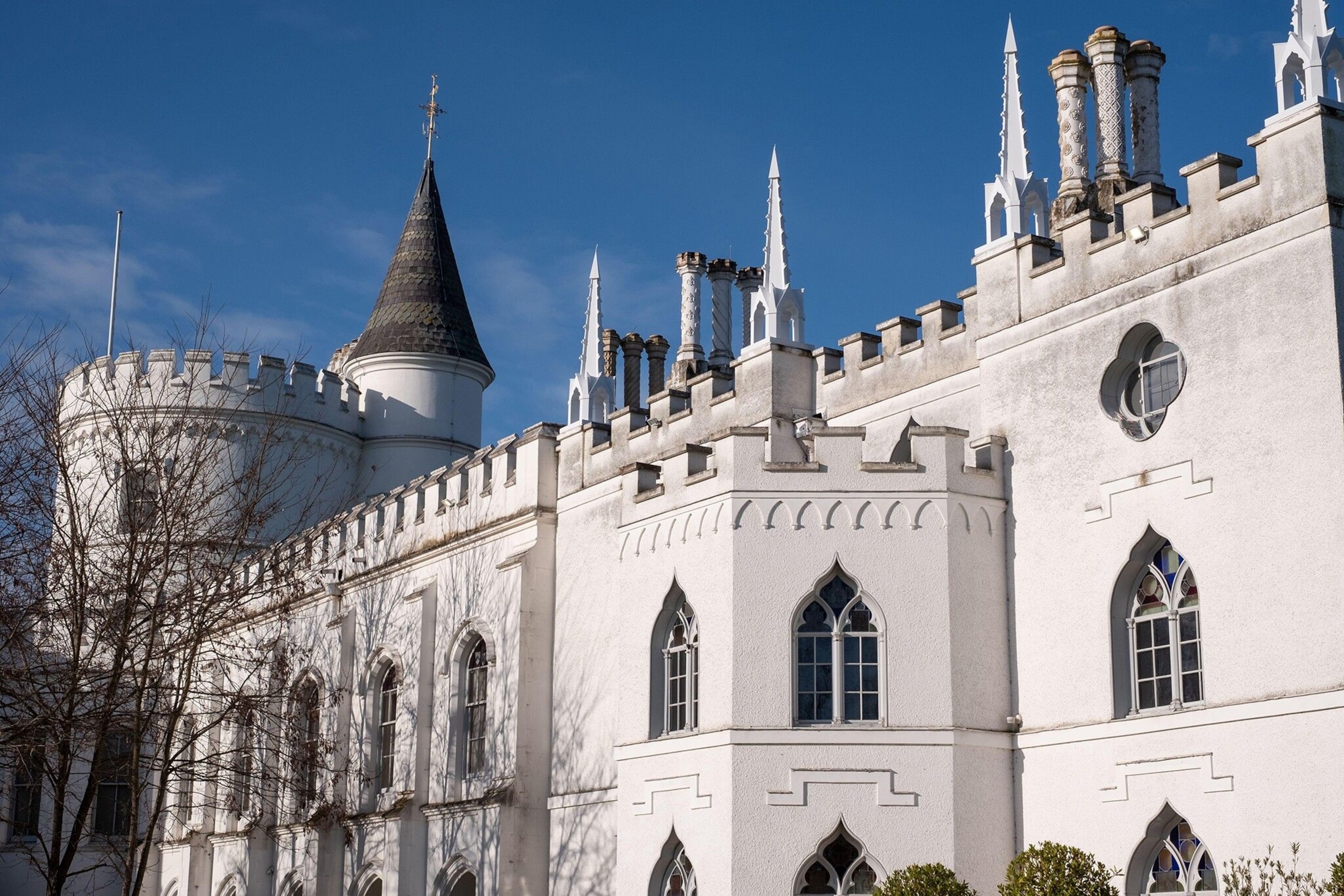
5. Twickenham, London
The inspiration for: Horace Walpole’s The Castle of Otranto
Among the suburban Victorian and Edwardian terraces in London’s well-heeled Twickenham is one aristocratic pile that stands out from the rest. Strawberry House is the stuff of menacing fairytales; an eccentric gothic revival villa with an array of battlements, turrets and gothic pinnacles painted in brilliant white.
It was built in the 18th century by Horace Walpole, the author of The Castle of Otranto — a lurid melodrama that’s believed to have kickstarted the gothic literature trend. The story goes that the writer conceived of the novel while dreaming one night at his medieval-inspired house, which he fondly called his ‘little gothic castle’.
Walpole was an avid art collector and appreciator of ornamental objects. Inside the walls of this unusual home you’ll find his playful style in full glory, with flamboyant fireplaces, gilded ceilings and a fine selection of 16th- and 17th-century painted glass windows. £12.50 for adults, under 16’s go free.
6. Whitby, North Yorkshire
The inspiration for: Bram Stoker’s Dracula
Legend has it that Bram Stoker began writing Dracula on a visit to the fishing town of Whitby in 1890. Inspired by the view of a shipwreck from his West Cliff guest house, Stoker plotted that his fictional vampire would take a vessel from Transylvania to England, only to find himself marooned on the atmospheric Yorkshire coast.
You can follow the exact route taken by Dracula as he flees the wreckage by running up the famous ‘199 steps’ that lead to the graveyard in St Mary’s Church and the imposing ruins of Whitby Abbey. Destroyed in 1540 by order of Henry VIII, the abbey is a hunting husk of a 13th-century monastery that would have already been in gothic ruin by the time Stoker laid eyes on it.
Naturally, it’s an even more eerie sight at night, so take a guided evening walk through the town’s narrow alleyways to the spotlit ruins, where you can hear passages read from the book while bats periodically swoop through the abbey’s arches. £7 adults, £4 children under 12.
Subscribe to National Geographic Traveller (UK)
Follow us on social media
Twitter | Facebook | Instagram
